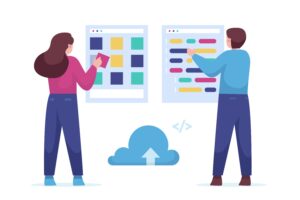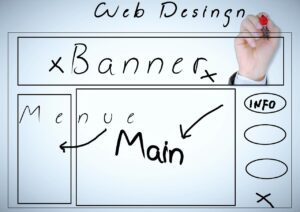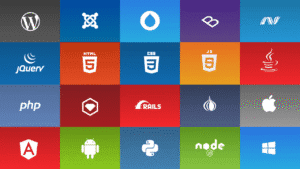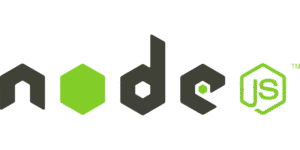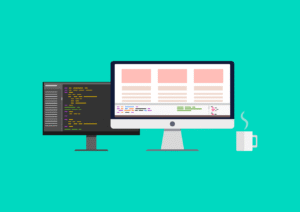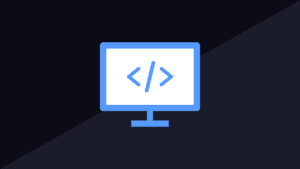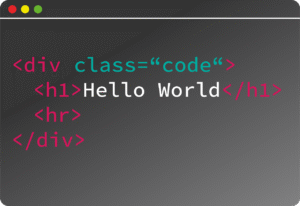The Swiss Army Knife of Tech: A Human Guide to Full-Stack Development
You’ve heard the term everywhere: “full-stack developer.” It’s one of the most sought-after and respected titles in the tech industry. But what does it actually mean to be “full-stack”?
Forget the complex definitions for a moment. The easiest way to understand a full-stack developer is to think of them as a master home builder.
A home builder needs to be an expert in two very different domains:
- The Architecture and Interior Design: The parts you see and experience.
- The Foundation and Utilities: The hidden parts that make it all work.
A full-stack developer is a master of both of these digital domains.
1. The Front-End: The Architect and Interior Designer
This is the visual, interactive part of the website—everything the user sees and touches. The full-stack developer, acting as a front-end designer, is responsible for:
- The Structure (HTML): Creating the logical layout of the rooms and spaces.
- The Style (CSS): Choosing the colors, the fonts, and the overall aesthetic to make the home beautiful and welcoming.
- The Interactivity (JavaScript): Installing the light switches, the faucets, and the door handles that make the home functional and easy to live in.
They are obsessed with the user experience, ensuring the final product is not just functional, but a genuine pleasure to use.
2. The Back-End: The Engineer and Plumber
This is the hidden, powerful machinery that makes the home livable. The full-stack developer, acting as a back-end engineer, is responsible for:
- The Foundation (The Server): The solid ground the house is built on, ensuring it’s stable and secure.
- The Utilities (The Database): The electrical wiring and plumbing that store and deliver power and water (or in this case, data) wherever it’s needed.
- The Logic (The Application): The behind-the-scenes systems that ensure when you flip a switch, the right light turns on.
They are obsessed with efficiency, security, and scalability, ensuring the systems behind the walls are robust and reliable.
The “Full-Stack” Magic: The Master Builder
Here’s what makes a full-stack developer so special: they don’t just know how to do both jobs. They understand how the two sides connect.
They are the master builder who understands that the placement of a kitchen sink (front-end) is completely dependent on the location of the plumbing lines in the wall (back-end). They see the “big picture.”
Because they speak both languages fluently, they can:
- Build an entire web application from start to finish, all by themselves.
- Diagnose and solve problems no matter where they occur, from a visual bug to a database error.
- Move seamlessly between teams, bridging the gap between design and engineering.
A full-stack developer is the ultimate problem-solver, a versatile and invaluable asset who can not only build the house but also ensure it stands strong for years to come.
🗂️ Templates and Frameworks: The Hiring Decision Framework
You now have a great understanding of different developer roles. The next logical step is to apply that knowledge to a real-world business decision: Who should I hire?
You can use a “Decision Framework” prompt to help you think through this problem strategically. This is incredibly useful for business owners, managers, or anyone trying to build a team.
Prompt Template:
Act as an experienced Chief Technology Officer (CTO). I need to build a new web application.
Help me decide whether to hire a Full-Stack Developer or a team of specialized Front-End and Back-End Developers.
Provide a breakdown of the pros and cons for each approach based on the following scenarios:
1. **Scenario A: An early-stage startup** with a limited budget and a need to build a Minimum Viable Product (MVP) quickly.
2. **Scenario B: A large, established company** building a complex, mission-critical application that requires deep expertise in both user interface design and database architecture.






























